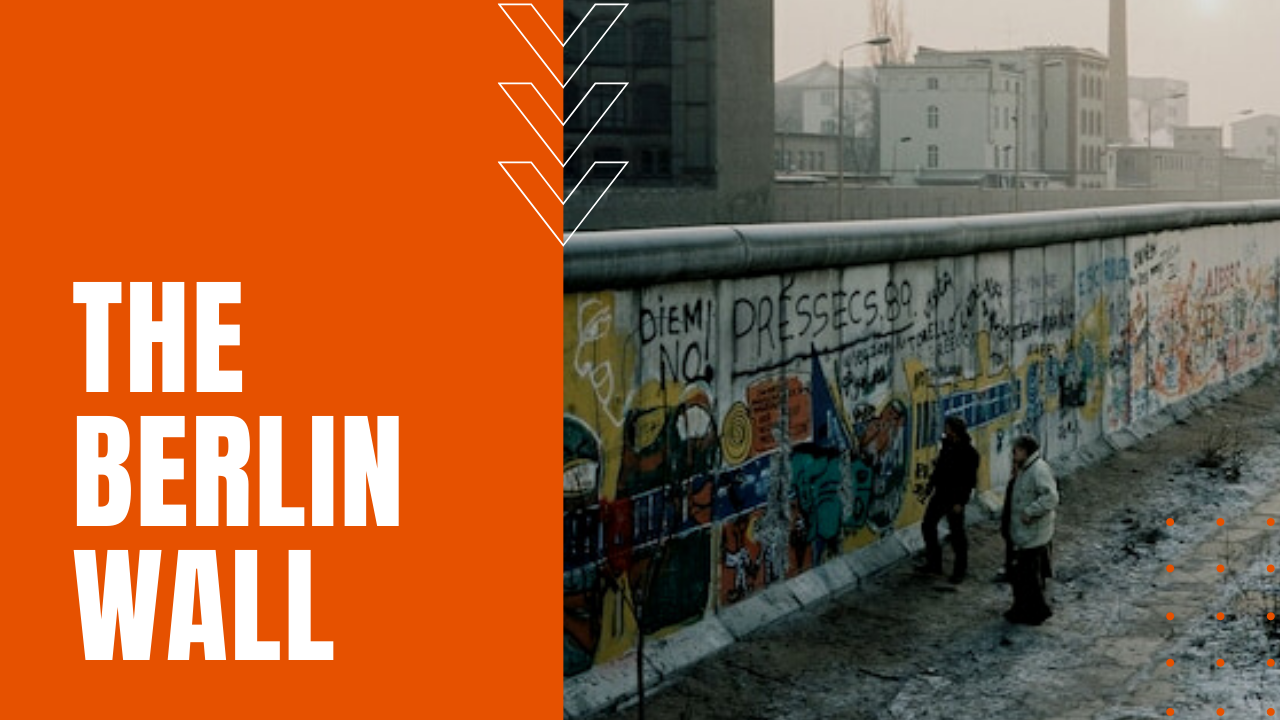Berlin Wall: Anti-fascist Protection Rampart or Wall of Shame

After Germany’s defeat in World War Two, the German capital of Berlin was split into four “allied occupation zones,” each governed independently by the Soviet Union, the United States, Great Britain and France respectively.
Why was the Berlin Wall Built?
At first, East and West Berliners were allowed to cross a soft border for work and pleasure, but a decade after the Soviet Union attempted to starve the capitalists out of West Berlin—leading to the Berlin Airlift of 1948 and 1949—the Soviet Union grew increasingly embarrassed by the flood of defections from East Berlin—nearly 3 and a half million people since the end of the blockade.
As a result, on August 12th, 1961, Soviet Premier Nikita Khrushchev ordered the East German government to end the flow of defections by closing the border for good. Fortified at first with barbed wire and concrete block, the Berlin Wall originally included three checkpoints—Alpha, Bravo and the now-famous Checkpoint, Charlie—which would eventually expand to twelve checkpoints along the 86-mile wall, allowing diplomats and other officials to cross the border, although lay citizens from either side were never allowed through.
Known by the communists as the “Anti-fascist Protection Rampart” intended to protect the socialist state from Western capitalist, the Berlin Wall or Der Mauer in the germanic was coined the “Wall of Shame” by West Berlin Mayor Willy Brandt, fast becoming a physical symbol for the “Iron Curtain” that separated Western Europe and the Eastern Bloc countries during the Cold War.
Two years after the Wall’s construction, President John F. Kennedy proclaimed his displeasure for communism and the Wall in particular, in his now-famous “I am a Berliner” speech just steps from the Brandenburg Gate. During the Wall’s 28-year existence, over 100,000 East Berliners attempted to escape to the west, and while 5,000 were ultimately successful, an estimated 136 to 200 East Berliners were killed by communist border guards as they attempted to gain their freedom.
Fall of the Berlin Wall
As the Soviet Union began to unravel due to corruption, military overspending, the Chernobyl nuclear disaster and overall economic instability, in yet another speech before the Brandenburg Gate, on June 12th, 1987, President Ronald Reagan prodded the Soviets for an end to a divided Berlin.
On November the 9th, 1987, East German politician Günter Schabowski inadvertently triggered the fall of the Berlin Wall, when at a live press conference he read a draft bill just passed by the East German government, which eased restrictions on the rights of citizens to immigrate to the West.
When asked by reporters when these more lenient measures would take effect, Schabowski answered “immediately,” which kicked off one of the wildest reunification street parties in German history. Today, only remnants of the Wall remain in existence, including the Berlin Wall Memorial at Bernauer Strasse. The longest surviving stretch of wall—almost 9/10ths of a mile—can be seen at the East Side Gallery along the Spree, when in 1990, Berlin officials invited 118 artists from 21 countries to paint murals on Der Mauer that remain to this day.
